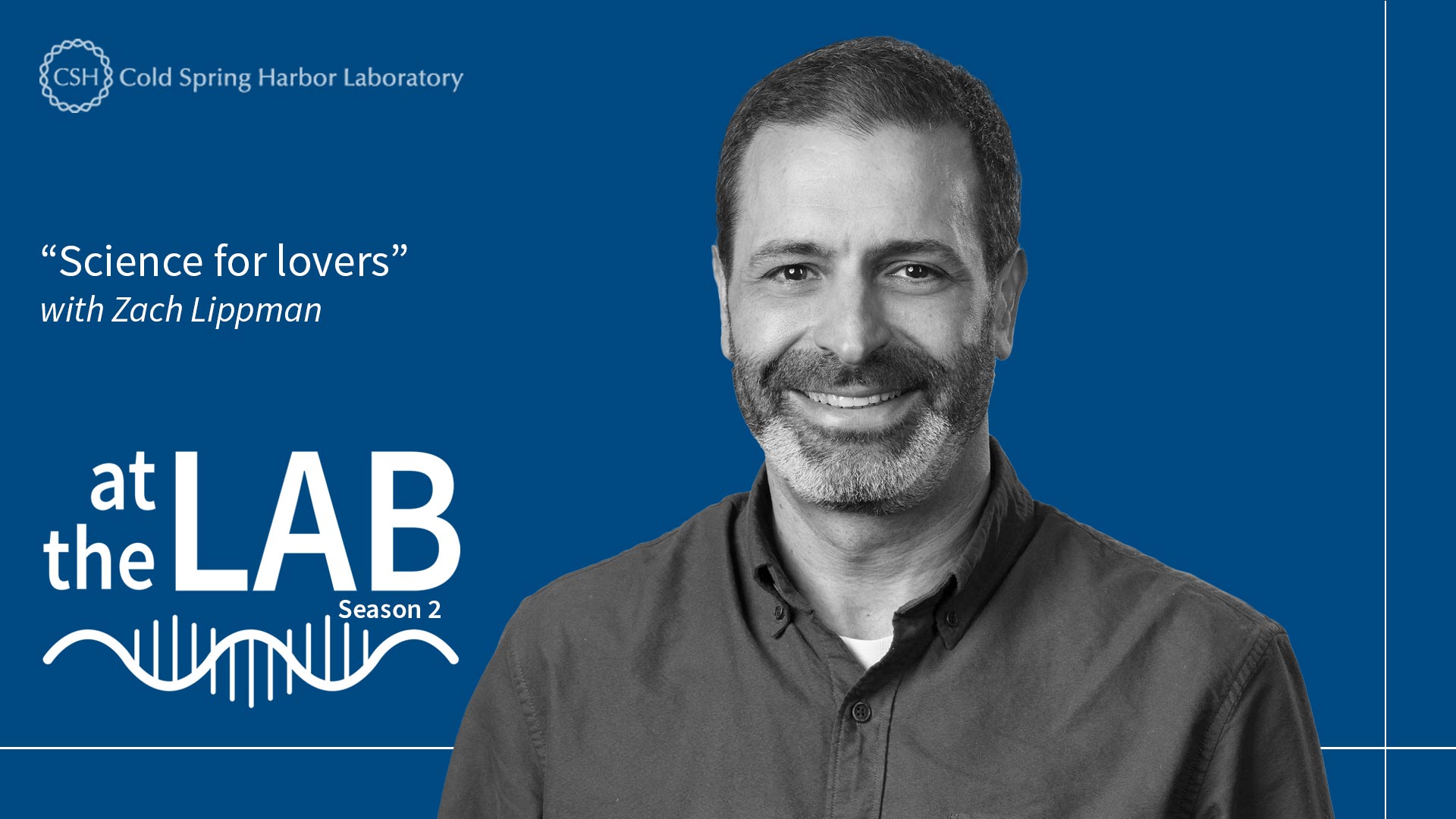Cold Spring Harbor Laboratory Professor Zach Lippman’s research in plant prickles resulted in one of CSHL’s most publicized discoveries of 2024. It also gets at the very heart of what motivates basic bioscience research here At the Lab. You’ve read about it in The New York Times and seen it on CNN. Now, hear all about it from Lippman himself.
Read the related story: Every rose has its thorns … or does it?
Transcript
Sara Giarnieri: You’re now At the Lab with Cold Spring Harbor Laboratory. I’m Sara Giarnieri, and this week At the Lab, “Science for lovers.”
SG: Picture this. Your lover hands you a rose. As you stare deeply into their eyes, you reach out to gladly accept the gift and … ow! You’re pricked by the rose’s thorns. We’ve all been there. But what if it didn’t have to be this way? A new discovery at Cold Spring Harbor Laboratory opens the door to a prickle-less future.
SG: Before we go any further, a point of clarification:
Zachary Lippman: Those sharp projections that are canonically referred to in roses as thorns—it turns out—are prickles. They’re not thorns.
SG: That’s our old pal Cold Spring Harbor plant biologist Zach Lippman. Semantics aside, Lippman is interested in plant prickles for more than just the garden-variety reasons you might expect.
ZL: It’s this opportunity to ask the broader question about where do these traits come from. You get to some very fundamental biological questions you can ask about evolution.
SG: His lab’s search for answers took them all over the world and across the ages. In fact, it didn’t start with roses, but with another plant that comes in prickled and prickle-less varieties—eggplants. With collaborators in Australia, they found that the same family of genes responsible for prickles in eggplants was also behind this evolutionary mutation in a berry called the Australian desert raisin. From there, collaborators in France used CRISPR gene editing to suppress prickles in roses.
SG: Lippman’s lab also turned to colleagues in the U.K. and South America, whose tips pointed them toward some harder-to-find specimens stored nearby.
ZL: We got access to the New York Botanical Garden. Three postdocs in the lab went and collected sister species with and without prickles—dried tissue sometimes over a hundred years old. I think it is important to recognize that this huge herbarium collection is an invaluable resource.
SG: Lippman’s enthusiasm for his work is palpable and contagious. And it’s that kind of love for science that drives many of the greatest discoveries, whether they’re happening on the other side of the world or right here At the Lab.
SG: Thanks again for tuning in. If you like what you heard, please remember to subscribe wherever you get your podcasts. You can also find more fascinating science stories like this one at CSHL.edu. For Cold Spring Harbor Laboratory, I’m Sara Giarnieri, and I’ll see you next time At the Lab.
